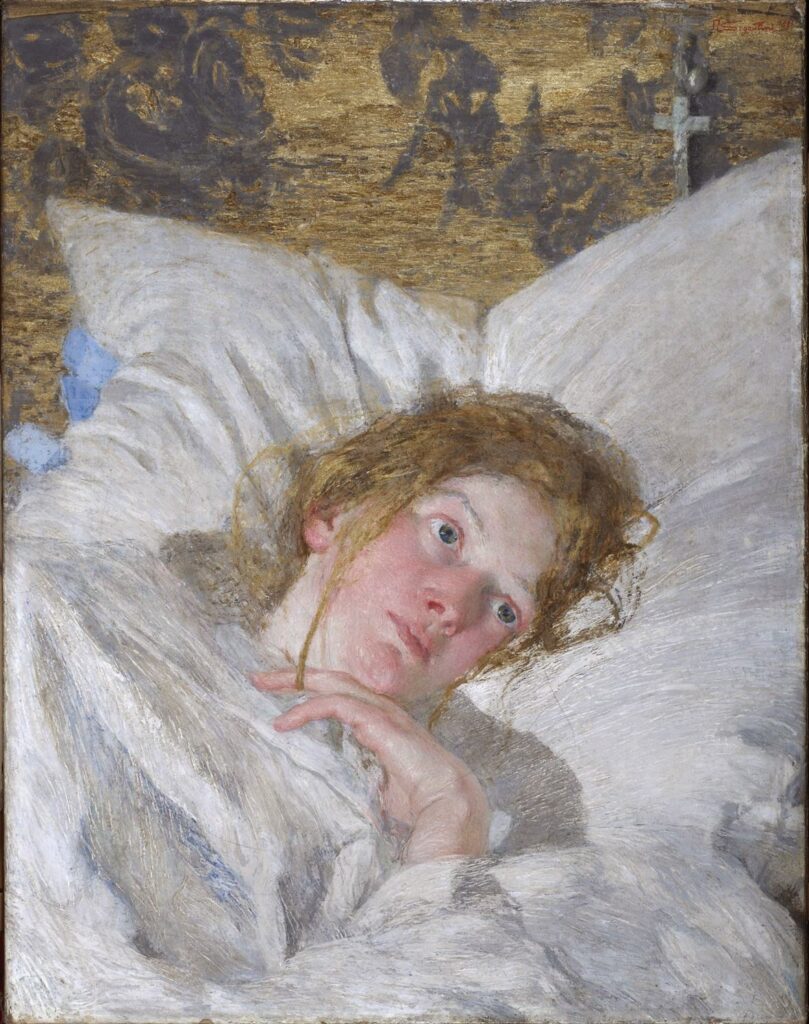I was not familiar with 19th-century artist Giovanni Segantini, but I like his story, for obvious reasons:
In the spring of 1865, his mother died after spending the past seven years in increasingly poor health. His father left Giovanni under the care of Irene, his second child from a previous marriage, and again traveled in search of work. He died a year later without returning home and leaving his family nothing. Without money from her father, Irene lived in extreme poverty. She was forced to spend most of her time working menial jobs while leaving Giovanni to maintain on his own.
Irene hoped to better her life by moving to Milan, and in late 1865 she submitted an application to relinquish Austrian citizenship for both her brother and her. She either misunderstood the process or simply did not have enough time to follow through, and although their Austrian citizenship was revoked she neglected to apply for Italian citizenship. As a result, both Segantini and his sister remained stateless for the rest of their lives.
Segantini met Bugatti’s sister, Luigia Pierina Bugatti (1862–1938), known as “Bice”, and they began a life-long romance. Although Segantini tried to marry Bice the next year, due to his stateless status he could not be granted the proper legal papers. In opposition to this bureaucratic technicality, they decided to live together as an unmarried couple. This arrangement led to frequent conflicts with the Catholic church that dominated the region at this time, and they were forced to relocate every few years to avoid local condemnation.
And they stayed together for life — and the hell with both the Church and the bureaucracy. As for his paintings, I like these ones the best:




Lovely stuff. And like Delacroix (two weeks ago), Segantini’s work proved to be a bridge, only this time between Divisionism and Impressionism. I get the idea, though, that style or “school” was unimportant to him: he painted according to his own mood and feeling, blazing his own path.
My kinda guy.

It’s saddening to speculate how much excellent early work has been destroyed by time because the artist could not afford then to purchase good quality materials, paints and media.
.